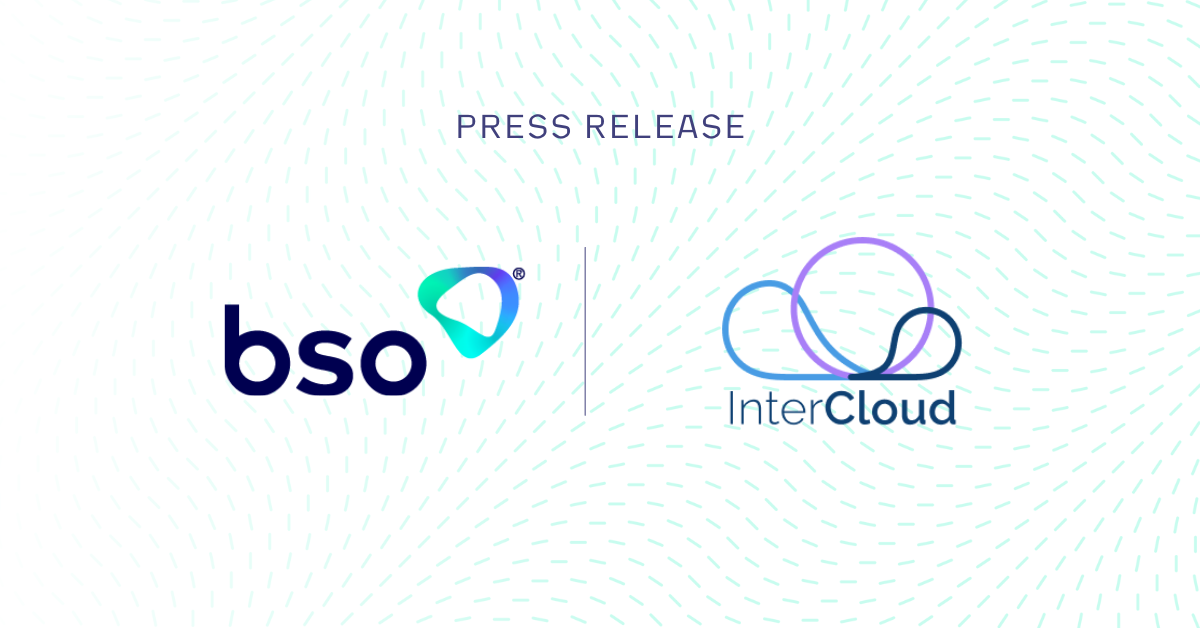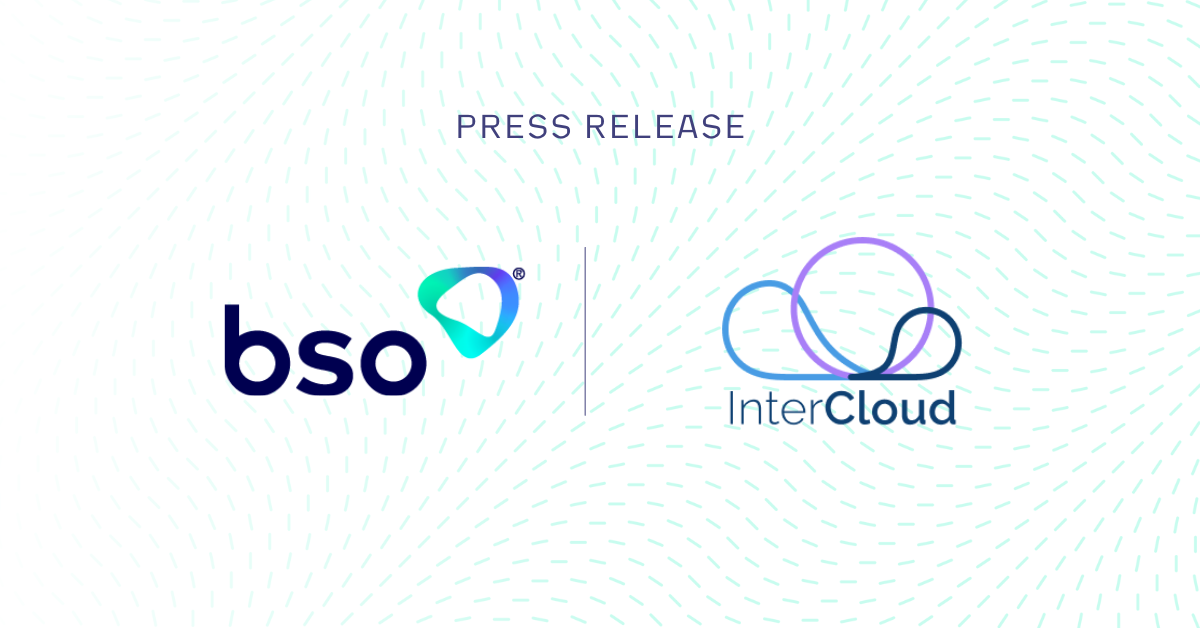PRODUCTS
Metro Wave_
Affordable, high-speed interconnection_
BSO Metro Wave’s high throughput regional connectivity supports even the most intense data requirements.
OUR SERVICE
Riding the wave_
Built on DWDM technology, BSO Metro Wave is a Layer 1 service providing wavelength connectivity. This delivers fully isolated 10Gbps, 40Gbps or 100Gbps channels within our supported metros.
.png)
OUR DIFFERENCE
Why BSO for Metro Wave?
Effortless deployment
Metro Wave connections can be up and running in less than 7 days.
Guaranteed throughput
Your connection is provisioned over our DWDM platform on its own dedicated Layer 1 channel.
Route selection
Our Engineering team will map out the best physical route for your wave, ensuring diversity and a bespoke service.
DWDM MAPS
DWDM technology is an extension of optical networking_
Europe
Click maps to see larger versions.
Amsterdam
Frankfurt
Paris
London
Manchester
North America
Click maps to see larger versions.
Ashburn
Los Angeles
Montreal
New York
San Francisco/Bay Area
Toronto
Asia
Click maps to see larger versions.
Hong Kong
Singapore
Tokyo
PRODUCT SHEET
BSO’s Metro Wave product sheet_
Grow faster with our relevant products_
Get in touch to ride the wave with Metro Wave_
FAQs
What is wavelength connectivity?
Wavelength connectivity, in essence, leverages the exceptional capacity of fibre optics to transport data from one location to another. This technology is particularly advantageous for core networking purposes, such as interconnecting data centres or linking head offices.
The remarkable capability of wavelength connectivity stems from its ability to divide a single strand of fibre optic cable into numerous wavelength components. This means that a single fiber can transmit up to 88 bandwidth channels concurrently. This impressive feat is achieved through the utilisation of multiple laser transmitters, each operating at its unique wavelength or frequency.
In practical terms, this translates into an exceptionally high-capacity data transport system. It enables organisations to establish robust and efficient network connections that can handle substantial data loads, making it ideal for critical applications where data integrity and speed are paramount.
How does wavelength connectivity work?
Wavelength connectivity works by utilising different wavelengths of light to transmit multiple data streams concurrently over a single optical fibre. This technique greatly enhances the capacity and efficiency of optical fibre networks, making it a key technology for high-capacity data transmission in applications such as long-distance communication, data centre interconnects, and high-speed internet backbones.
What are the benefits of wavelength connectivity?
The benefits of wavelength connectivity include:
High capacity: Wavelength connectivity offers extensive bandwidth, ideal for transmitting large volumes of data quickly.
Low-latency: It provides minimal data transmission delay, making it suitable for latency-sensitive applications like video conferencing and real-time data processing.
Scalability: Wavelength networks can scale easily by adding more wavelengths, accommodating growing data demands.
Security: Wavelengths can be isolated for different applications or users, enhancing data security.
Reliability: These networks are robust, reducing the risk of downtime or data loss.
Diversity: Wavelengths can be dedicated to specific tasks, ensuring dedicated paths for critical data flows.
Data centre interconnect: Ideal for connecting data centres, aiding data replication, and disaster recovery.
Multiplexing: Multiple data streams can share the same fibre, optimising resource utilisation.
Future-proofing: Offers ample bandwidth for future technologies and applications.
What are the compatibility requirements for wavelength connectivity?
The compatibility requirements for wavelength connectivity include ensuring compatibility of optical transceivers, fibre infrastructure, multiplexing equipment, transmission equipment, protocols, amplifiers, testing tools, management software, service providers, regulatory compliance, redundancy, security measures, interoperability, scalability, budget considerations, and expertise in managing wavelength connections. These factors collectively ensure the smooth operation of wavelength connectivity in your network.
Can wavelength connectivity support multiple devices and protocols?
Yes, wavelength connectivity can support multiple devices and protocols. It enables the simultaneous transmission of data streams over different wavelengths of light on the same optical fibre, making it compatible with various devices and network protocols within the allocated wavelength range. This versatility allows for flexible and efficient data transmission in diverse networking environments.
What are the benefits of wavelength connectivity for data center interconnects?
Wavelength connectivity offers high bandwidth, low-latency, scalability, and secure data transmission, making it ideal for data centre interconnects. It enables efficient replication, disaster recovery, and seamless communication between data centres, ensuring robust and reliable data centre operations.





/Revolutionising-Connectivity%20BSOs-Tailored-Cloud-Solution-for-CryptoStruct-GmbH.png?width=1050&height=550&name=Revolutionising-Connectivity%20BSOs-Tailored-Cloud-Solution-for-CryptoStruct-GmbH.png)
/6%20Cloud%20Best%20Practices%20for%20Financial%20Technology%20Companies.jpg?width=1200&height=600&name=6%20Cloud%20Best%20Practices%20for%20Financial%20Technology%20Companies.jpg)




